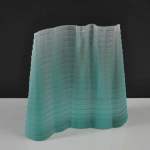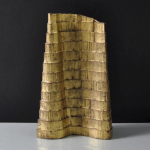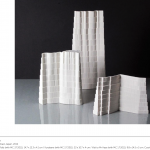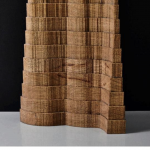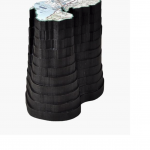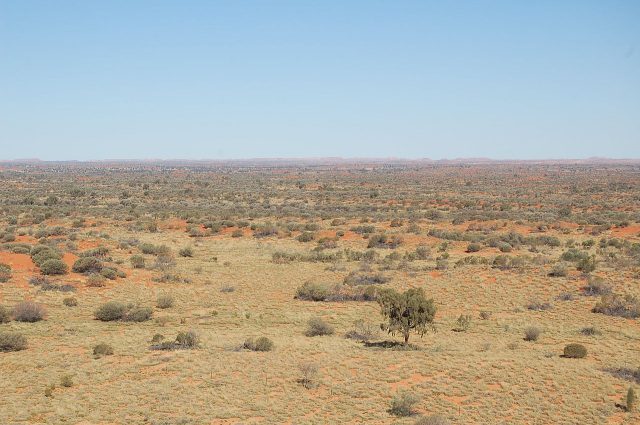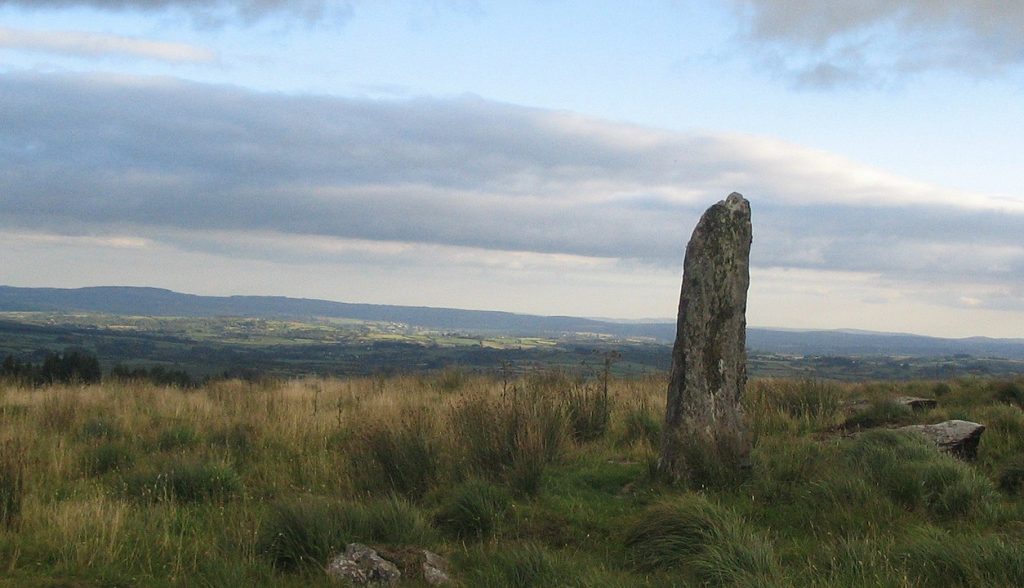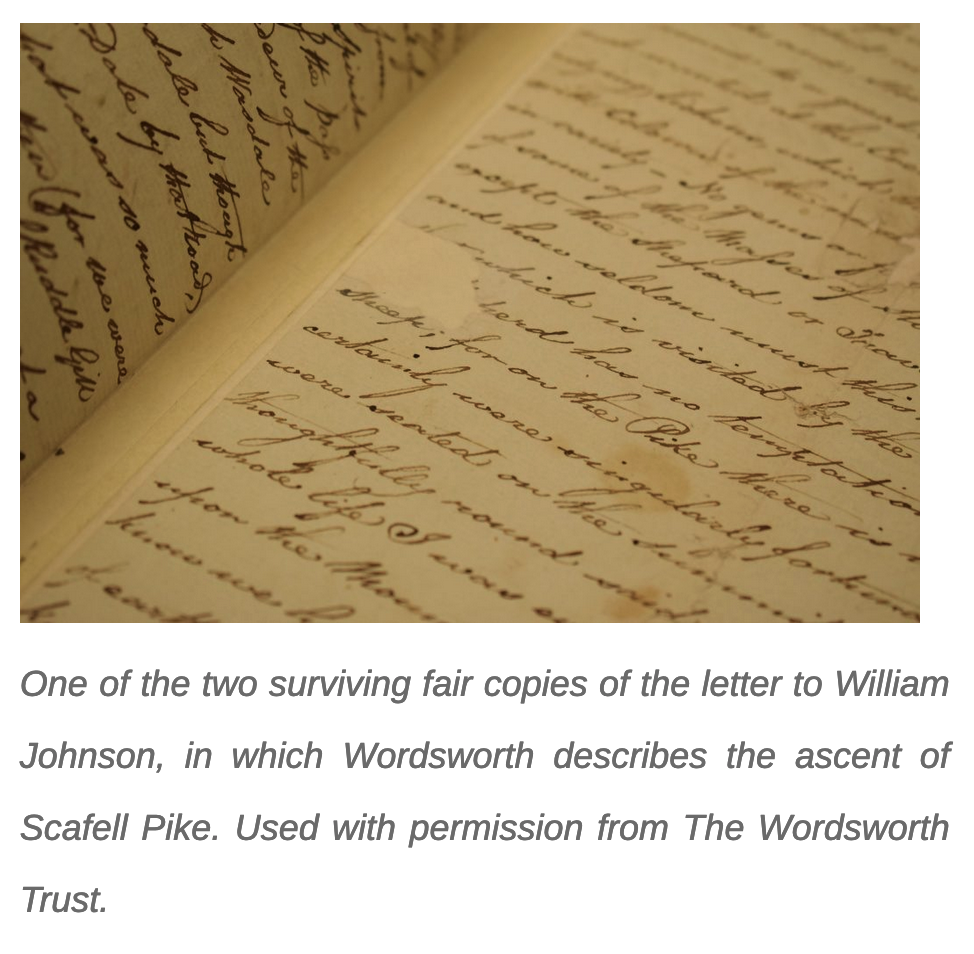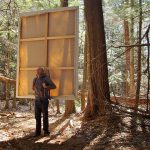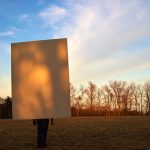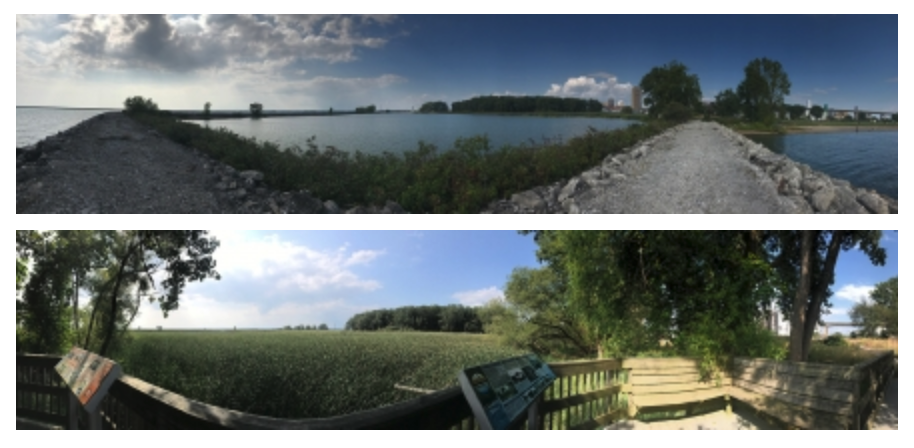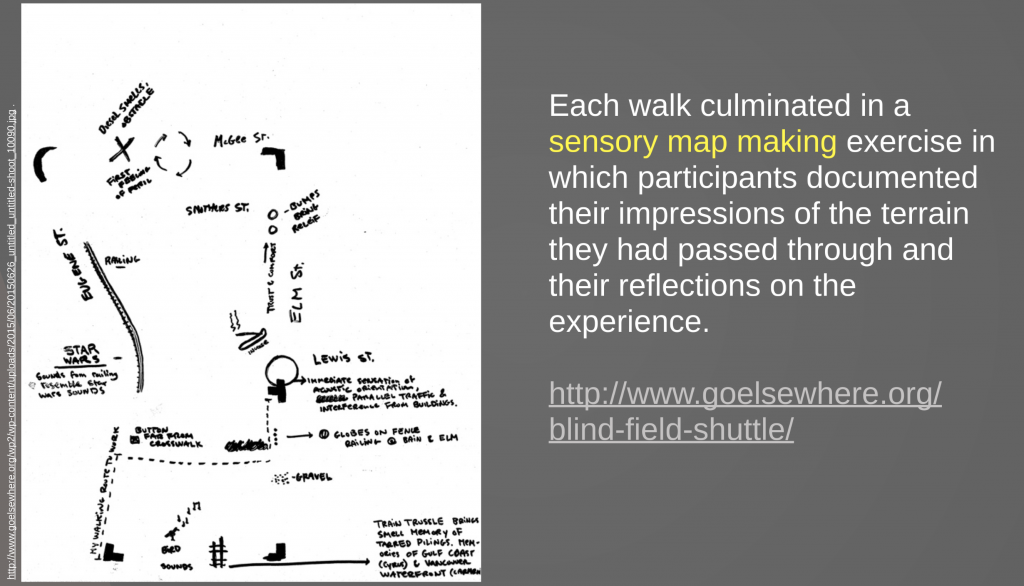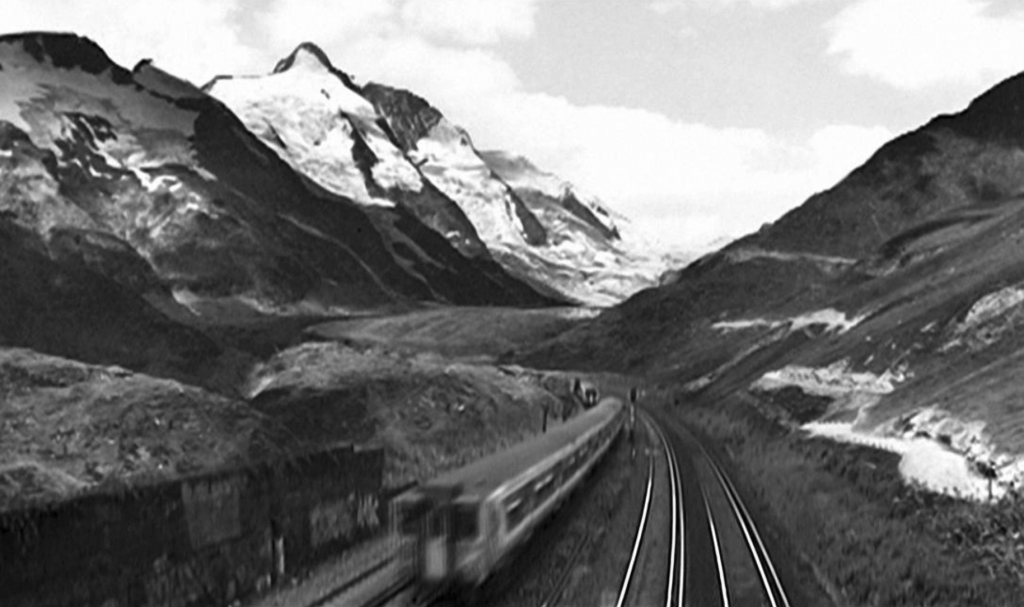
Rachel Reupke
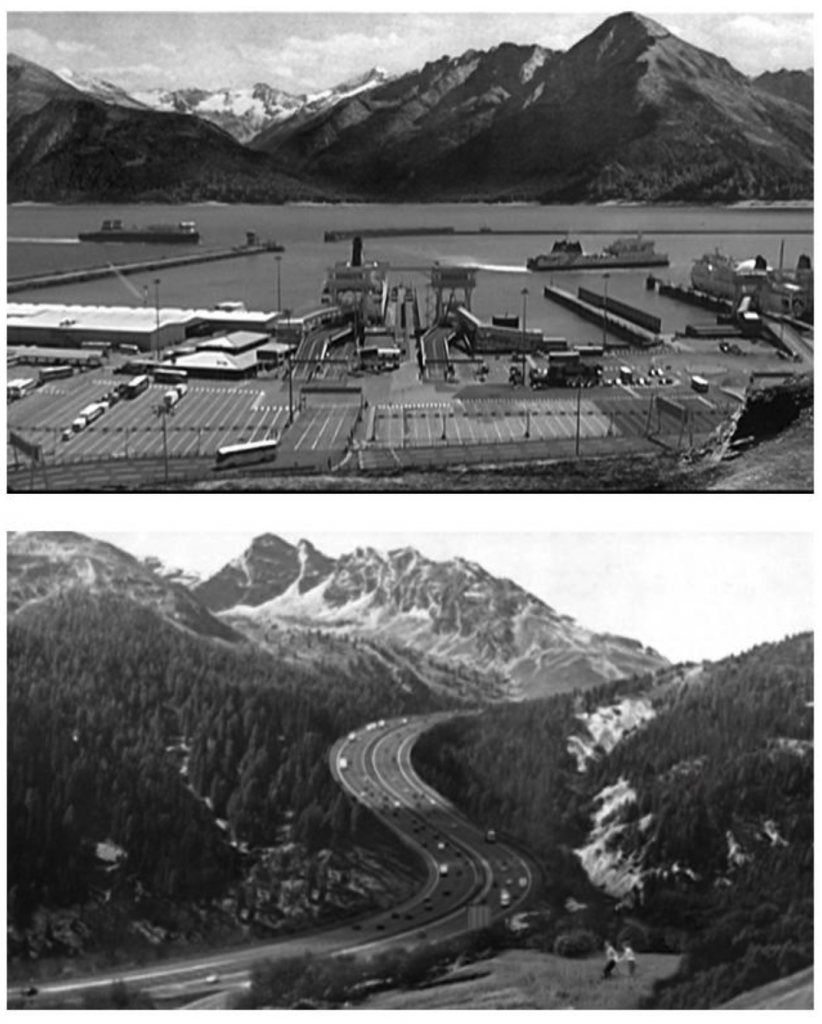
Rachel Reupke
[credit]
“Rachel Reupke’s video ‘Infrastructure’ sees a lone heroine, and a pair of heroic runaways, struggle on foot through what initially appears as a militarized landscape. The figures seem to desperately flee from the scene towards an airport, past a railway, next to a serpentine motorway that nestles inside a forested Alpine landscape, and a ferry port.
Reupke’s early work is structured as a journey in four parts, or four miniature journeys. The work is set in an Alpine landscape, in which the four sections reflect the four modern means of escape. Each landscape seems to insist on our need for speed and efficiency. But these modern means of travel avoid the need to experience the world directly.
The miniature human figures are contrasted to both the sublime landscape – a walker’s paradise – and to the sublime technological achievements of keeping humanity in perpetual motion by road, rail, sea, and air. In contrast to the commanding views experienced by, say, Caspar David Friedrich’s lone heroes, the figures here are pedestrians who seem fragile or lost. Their stories are all but lost amongst an endless flow of traffic.
We might speculatively imagine that, given their evident desperation, these figures are wilful escapees from the modern world and its obsession with vehicles. Have they been prisoners of technology and unilaterally elected to flee in order to return to feeling the weight of earth underfoot? Reupke leaves it to us to decide which has more romance: the lure of sleek vehicles skimming over seas and skies, or locomotion conducted solely through the power of our own muscles.”
